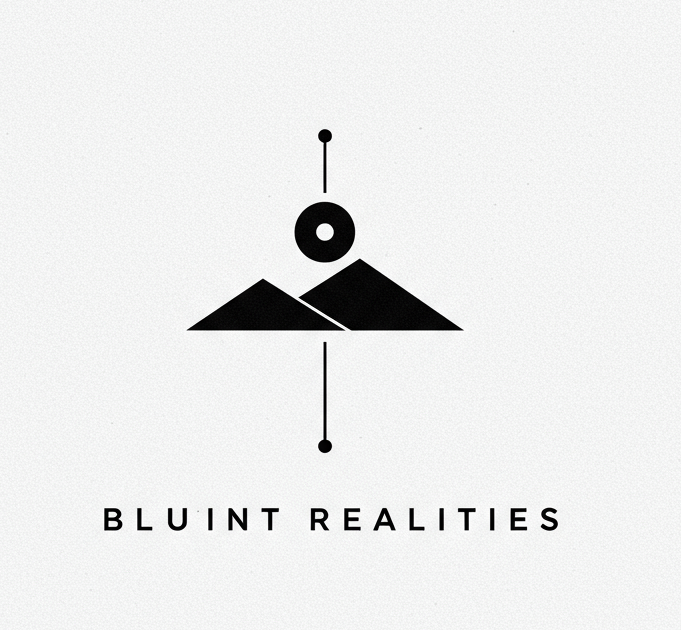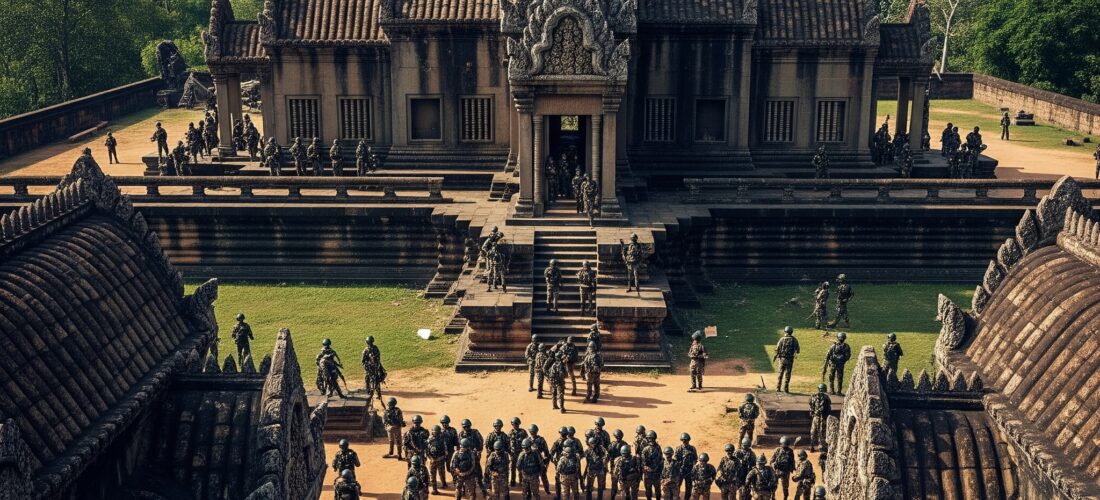Sacred Ground, Sovereign Blood: Deconstructing the Cambodia-Thailand Border Clash
An investigative look into how ancient history, modern nationalism, and domestic politics ignited a 21st-century conflict.
The air along the Dangrek Mountains, which forms a natural rampart between Cambodia and Thailand, is quiet now. Tourists, not soldiers, now navigate the steep ascent to the cliff-top temple of Prasat Preah Vihear. Yet, just over a decade ago, this ancient sanctuary was the epicenter of the most significant armed conflict between two ASEAN member states in recent memory. The sounds were not of wonder, but of war: the whistle of rockets and the percussive thud of mortar shells.
How did a dispute over a sacred site, whose primary ownership was legally settled decades prior, erupt into a conflict that cost dozens of lives, displaced thousands, and threatened to destabilize a cornerstone of Southeast Asian diplomacy? The answer is a complex and cautionary tale of unresolved colonial legacies, the potent and often cynical use of nationalism for domestic political gain, and the inherent limitations of regional diplomacy when faced with fervent sovereign pride.
Prasat Preah Vihear (known as Phra Viharn in Thai) is an architectural marvel of the Khmer Empire, dating back to the 11th century. Its strategic and spiritual significance is matched only by its precarious geographical position, perched atop a 525-meter cliff overlooking the Cambodian plains. This very location is the genesis of the dispute.
The modern border was largely demarcated in a series of treaties between France (then the colonial protector of Cambodia) and Siam (now Thailand) between 1904 and 1907. A mixed commission was tasked with delineating the frontier based on the watershed principle of the Dangrek mountain range. However, the resulting map, which France provided to Siam, deviated from this principle, placing the temple squarely within Cambodian territory. For decades, Thailand did not formally object.
The issue first came to a head after Cambodia gained its independence. In 1962, the International Court of Justice (ICJ) in The Hague delivered a landmark ruling. Citing Thailand’s long-standing acceptance of the map, the court awarded sovereignty over the temple to Cambodia. The ruling was a bitter pill for Thailand to swallow, and while it reluctantly complied by withdrawing its troops from the temple structure itself, it crucially left the ownership of the surrounding land—a disputed area of approximately —dangerously ambiguous. This ambiguity would become the conflict’s tinderbox.
The Spark: UNESCO and the Politics of Heritage
For nearly half a century, the border remained a point of low-level tension but not open conflict. The catalyst that reignited the flames was not a military maneuver, but a cultural one. In 2008, Cambodia successfully applied to have Prasat Preah Vihear listed as a UNESCO World Heritage Site.
From Cambodia’s perspective, this was a natural step to preserve its cultural heritage and boost tourism. For powerful nationalist factions in Thailand, it was an unacceptable provocation. The UNESCO listing, they argued, solidified Cambodia’s claim not just to the temple stones but to the contested land at its base, effectively annexing it through international recognition.
This external issue was immediately seized upon by domestic political actors in Thailand. The People’s Alliance for Democracy (PAD), or the “Yellow Shirts,” a potent royalist and nationalist movement, was then engaged in a fierce struggle to oust the government allied with former Prime Minister Thaksin Shinawatra. The Preah Vihear issue became a perfect rallying cry. They accused the Thai government of “selling out” the nation’s sovereignty by supporting Cambodia’s UNESCO bid. Nationalism became the primary weapon in a domestic political war, with Cambodia as the collateral target. Protests swelled, and pressure mounted on the Thai military to take a hard line.
From Protest to Gunfire: The Escalation of 2008-2011
What began as nationalist rhetoric soon spiraled into military confrontation. Both nations dispatched troops to the disputed area, leading to a tense standoff. Minor skirmishes in October 2008 resulted in the first casualties.
The situation deteriorated dramatically in early 2011. Between February 4-7 and again in late April, the two sides engaged in sustained, heavy fighting. This was not a minor border skirmish; it was conventional warfare involving heavy artillery, multi-launch rocket systems (MLRS), and infantry battles. Shells fell on the ancient temple, causing damage that UNESCO would later deplore. Villages on both sides of the border were evacuated as the conflict spread from the Preah Vihear area to other disputed temple sites like Ta Moan and Ta Krabey, hundreds of kilometers away.
On the Cambodian side, Prime Minister Hun Sen, a master political strategist, used the conflict to galvanize national unity and project an image of strength, defending Cambodian sovereignty against a larger neighbor. In Thailand, the government of Abhisit Vejjajiva was caught in a pincer: একদিকে nationalist hardliners demanding uncompromising action and অন্যদিকে the international community, including fellow ASEAN members, urging restraint.
The International Dimension: A Test for ASEAN and the ICJ
The conflict presented a severe test for the Association of Southeast Asian Nations (ASEAN). The bloc’s foundational principles—consensus and non-interference in the internal affairs of members (the “ASEAN Way”)—proved ill-suited for mediating an active military conflict between two of its own. While Indonesia, as the ASEAN chair, made valiant diplomatic efforts to broker a ceasefire and introduce observers, its initiatives were consistently stymied by Thai insistence that the dispute was a bilateral issue.
Frustrated by the diplomatic stalemate, Cambodia returned to the one body that had previously adjudicated the matter. In April 2011, it formally requested that the ICJ re-interpret its 1962 judgment to clarify the extent of the “vicinity” of the temple that belonged to Cambodia.
The court’s final, binding ruling came in November 2013. It unanimously declared that the promontory of Preah Vihear—the entire landmass on which the temple sits, as defined by the 1907 map—was under Cambodian sovereignty. The court ordered Thailand to withdraw all military, police, and other guards from this territory. While it did not formally delineate the border, its clarification effectively granted Cambodia control over the most fiercely contested ground.
Conclusion: An Uneasy Peace and Lingering Shadows
Today, the guns are silent. The Thai military has withdrawn from the defined promontory, and a fragile peace holds. The relationship between Phnom Penh and Bangkok has shifted towards a more pragmatic focus on trade and economic cooperation.
However, the Preah Vihear conflict remains a stark geopolitical lesson. It demonstrates how a historical grievance, left to fester, can be weaponized by nationalist movements for purely domestic political ends. It highlights the vulnerability of regional stability when national pride is pitted against international law.
The core issue—the still-imperfectly demarcated border—has not been fully resolved. While the pragmatism of current leaders on both sides keeps the peace, the deep-seated nationalist sentiments, particularly in Thailand, have not vanished. They lie dormant, a political tool waiting to be picked up again in a future moment of instability. The temple on the cliff, a symbol of shared cultural history, also stands as a permanent reminder of how easily sacred ground can be turned into a battlefield.



